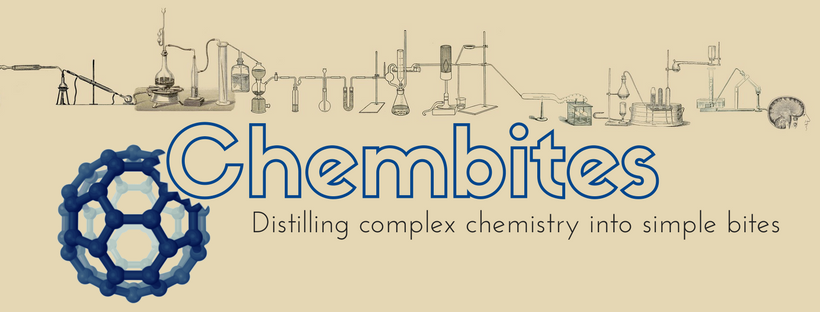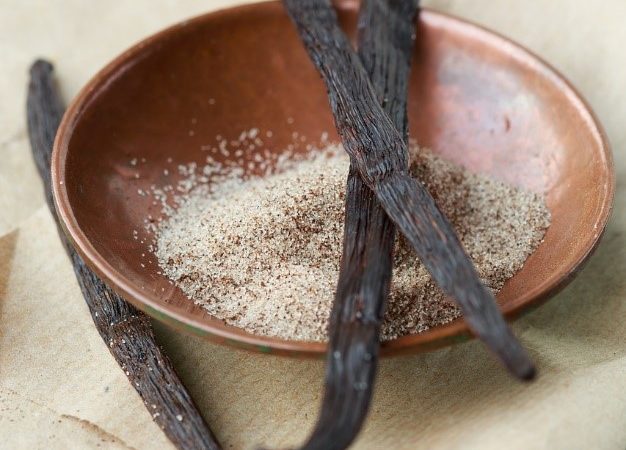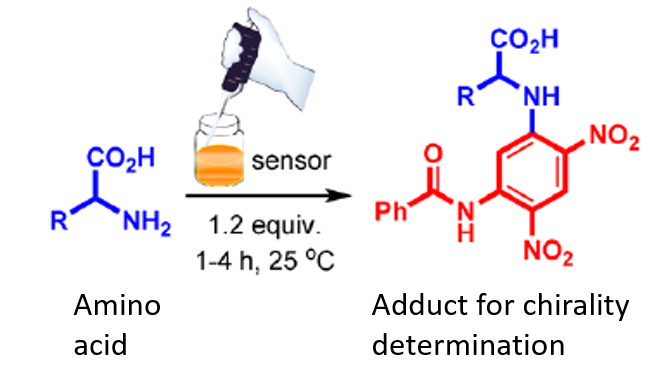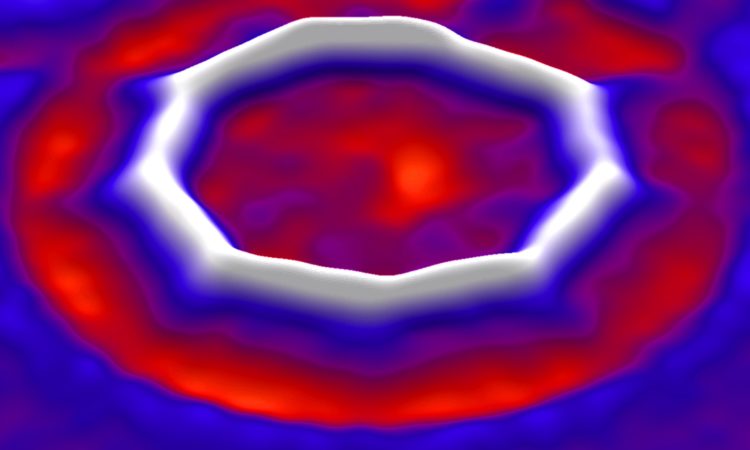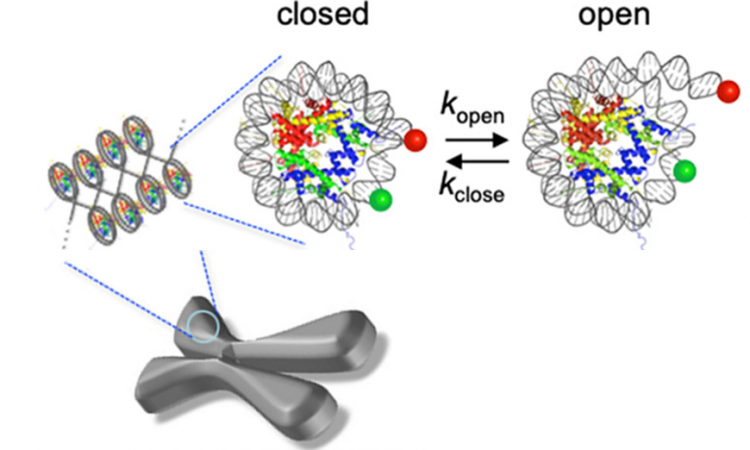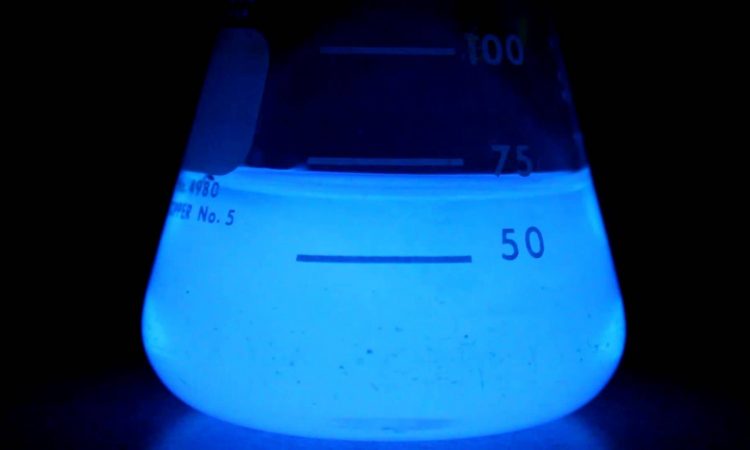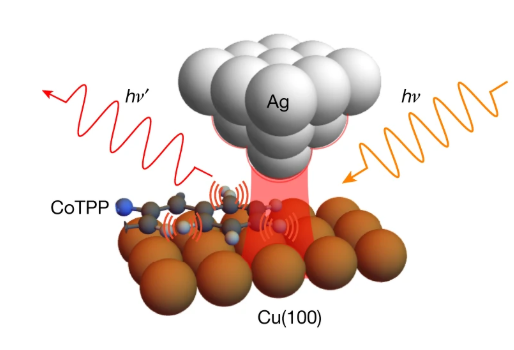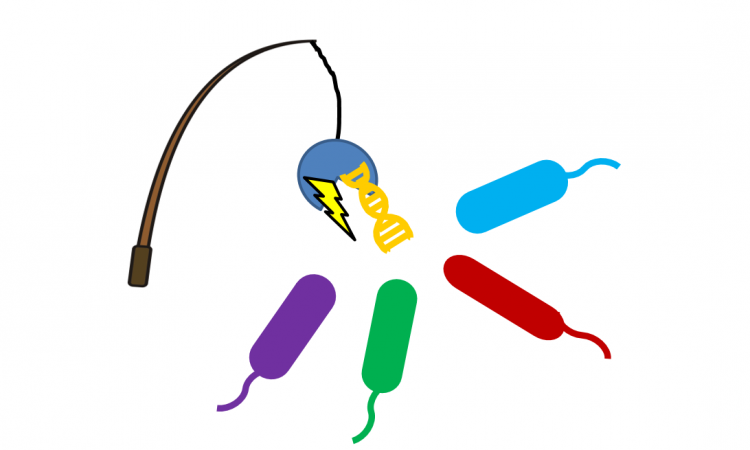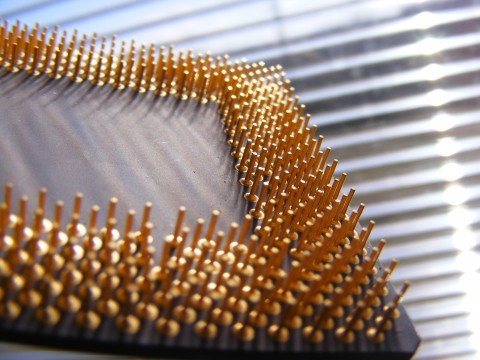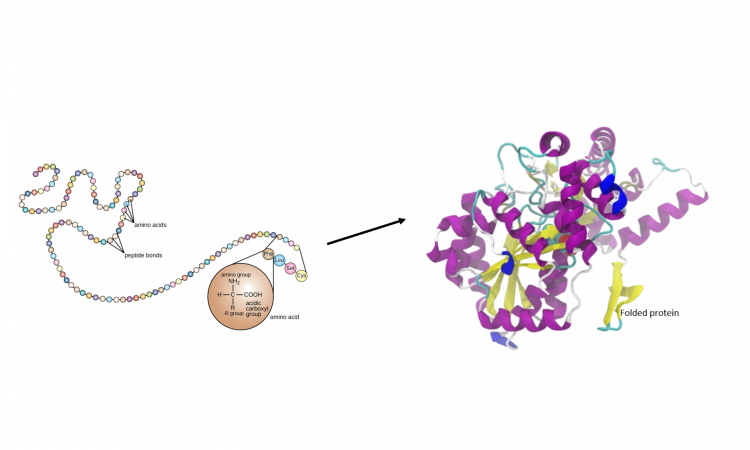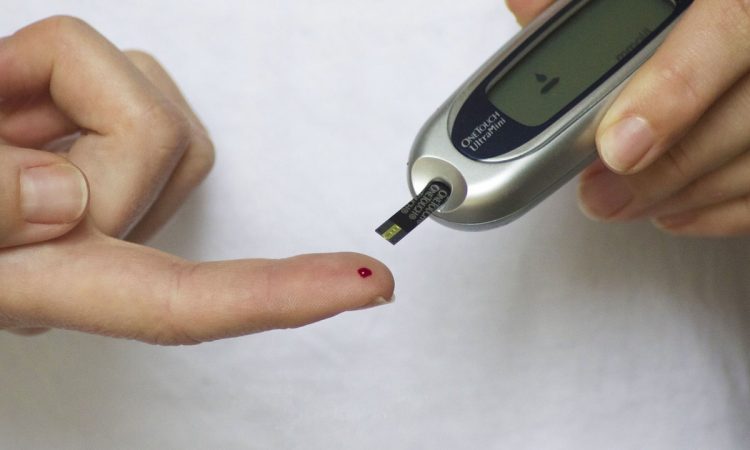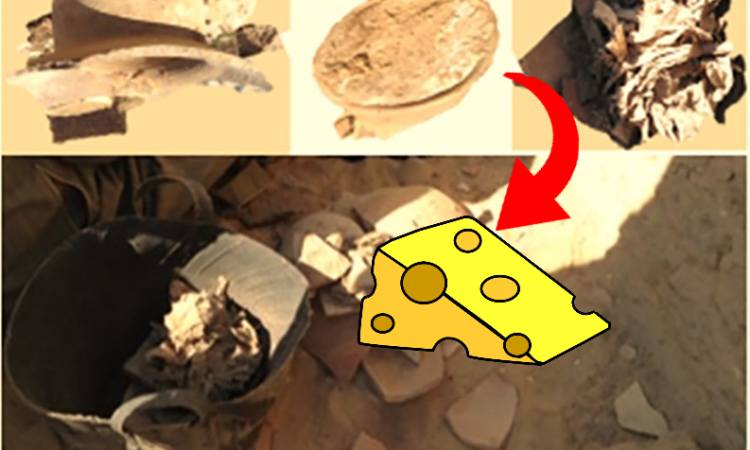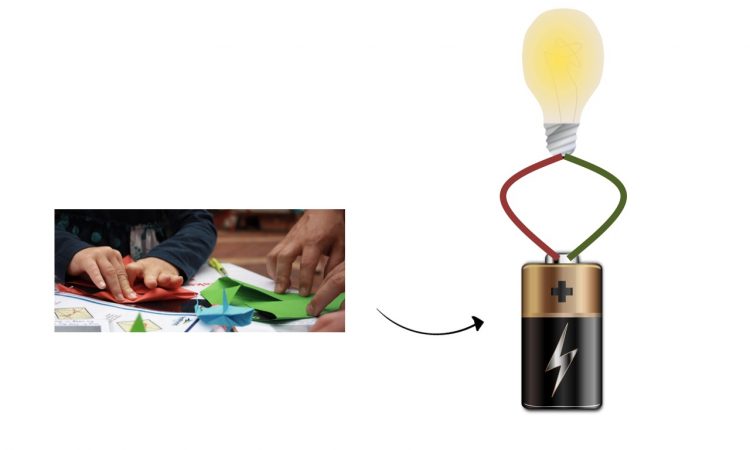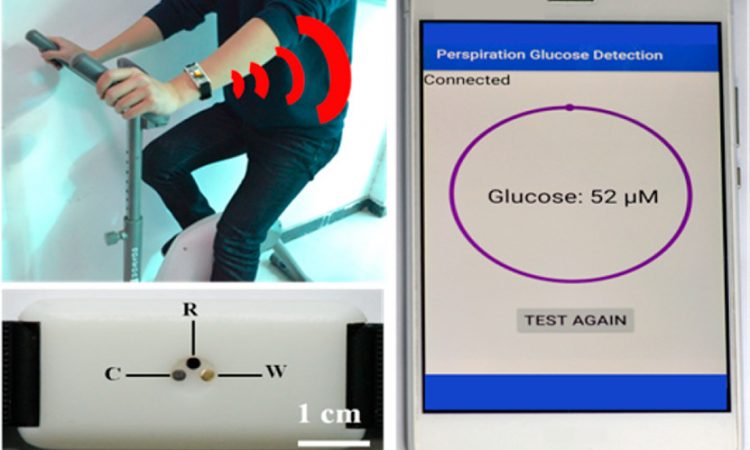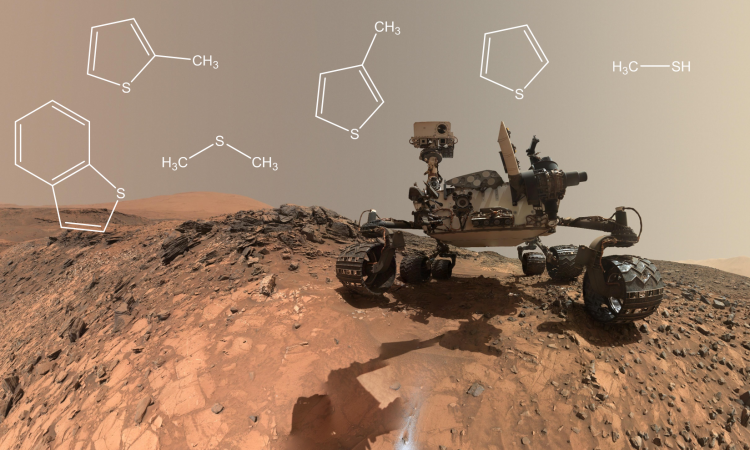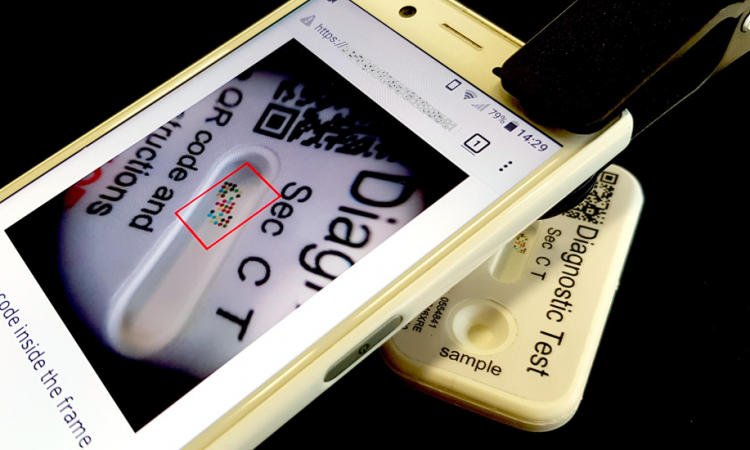The first complete iodine measurements in the middle atmosphere detected higher levels than expected.
Vanilla substitute loosens up cell membranes to increase drug uptake
Could vanillin, the flavoring molecule extracted from vanilla bean, increase our body’s ability to absorb ingested drugs?
Chemistry of Photography: How Veiled Photographs are Made
Mordançage is a photography technique that has been used by artists for decades, but only recently have researchers discovered the chemistry behind the process.
Development of Sensors for Amino Acids
Researchers develop an easy to use method to identify the chirality of the amino acids, amines and alcohols.
A fifty-year-old question about molecular structure answered with a picture
What does a ring of 18 carbon atoms look like? An atomic scale image settles the debate.
More than just our genetic code: how chemical modifications affect gene expression
DNA is the instruction manual for how to produce an organism, one gene at a time. But our heart cells, liver cells, and brain cells are different, despite having the same DNA, thanks in part to the “epigenetic” modifications that control which genes are expressed.
Light me up: can visible light impact forensic luminol reactions?
Crime scene techs use luminol to reveal latent bloodstains – can normal, visible light increase the reaction’s sensitivity?
Smelling chemicals with an artificial nose
Nothing compares to a well-trained dog’s nose for smelling out faint odors. But a new artificial nose made with living cells may come close!
Scientists Are Now Shooting Lasers at Historic Art
What do lasers and the Mona Lisa have in common? Well, it turns out scientists can use lasers to help save old paintings from degrading, preserving our masterpieces for future generations. Pump-probe microscopy is one such technique.
Is that molecule moving?
Scientists can now observe molecules vibrating
Fishing for bacteria with gold and DNA
What happens when you bring DNA strands, gold nanoparticles, conformation-induced color changes, and a highly-intrusive bacterium together? A field-portable, inexpensive test for the world’s greatest bacterial threats.
New Materials to Recover Gold from Recycled Electronics
Gold is one of the most important metals since it’s used in electronics. Let’s learn from Charlie about a new material than can help recycle gold from discarded devices!
What’s In A Screen? Improving Charge Transfer in Quantum Dot Films
What’s in a screen? It might be tiny particles called quantum dots – a novel material for everything from screens to solar cells. But how do researchers optimize new materials like quantum dot films? One type of spectroscopy – called transient absorption – could help.
Skeletons tell Stories– Chemistry of the burned bones!
Happy Halloween Everyone! In this article, we are going to honor the dead and discuss their stories and also learn to communicate with them using analytical chemistry techniques. Explore with me the power of infrared spectroscopy and walk down the memory lane with the skeletons!
The influence of one water molecule on the gas-phase structure of triglycine
Can one water molecule change the conformation of a peptide? Vibrational spectroscopy in the gas-phase is the perfect technique to answer this question.
What can you do with a glucose meter?
More than you might think! Researchers have “hacked” glucose meters to detect enzymes, bacteria, and viruses using a device millions of people already use every day.
Chemistry, archaeology and the ergot fungi: solving the mystery of the past
During thousands of years of burial, cereals from ancient artifacts are degraded and consumed, but ergot fungi produce a fingerprint of lipids that we can use to trace them.
Proteomics Aids a Cheesy Discovery in Ancient Egypt
What can we learn when anthropology and chemistry join forces? Analytical chemists used proteomics to study the world’s oldest cheese sample discovered in an ancient Egyptian tomb.
The Sci Art Collaboration that Powers Up!
Art could show the beauty of science. But art could also put science to work in real life!
Let’s learn from researchers about how origami can turn paper into a real battery!
Monitoring Glucose Levels in Sweat with a Wearable Sensor
Measuring blood sugar levels by pricking your finger is painful and inconvenient. Learn about a new wearable device that measures your glucose levels with just your sweat!
Organic Molecules on Mars: The Possibility of Life Sparks Curiosity
Researchers collaborating on the Curiosity Mars Rover mission have discovered organic matter on Mars – a crucial ingredient to life as we know it. Let’s take a deep dive into what they found, how they did it, and what the data really mean.
Let machine teach about atoms
We have been trained to be adaptive to our environment in our daily life. Same for chemists to train computers to model atoms. Let’s look at how chemists make functions adaptive to different situations!
Using Erasable Codes to Stop Fake Medical Tests
Fake medical tests are a huge problem in many poorer countries. Let’s learn about a way to print erasable codes on these devices so they can’t be counterfeited!
Deep Neural Networks Are Identifying the Next Generation of Materials
Machine learning? Deep neural networks? Find out how advances in artificial intelligence could help scientists discover new materials.
Chemistry and the cannon balls preservation
How can chemistry help preserve our cultural heritage?
